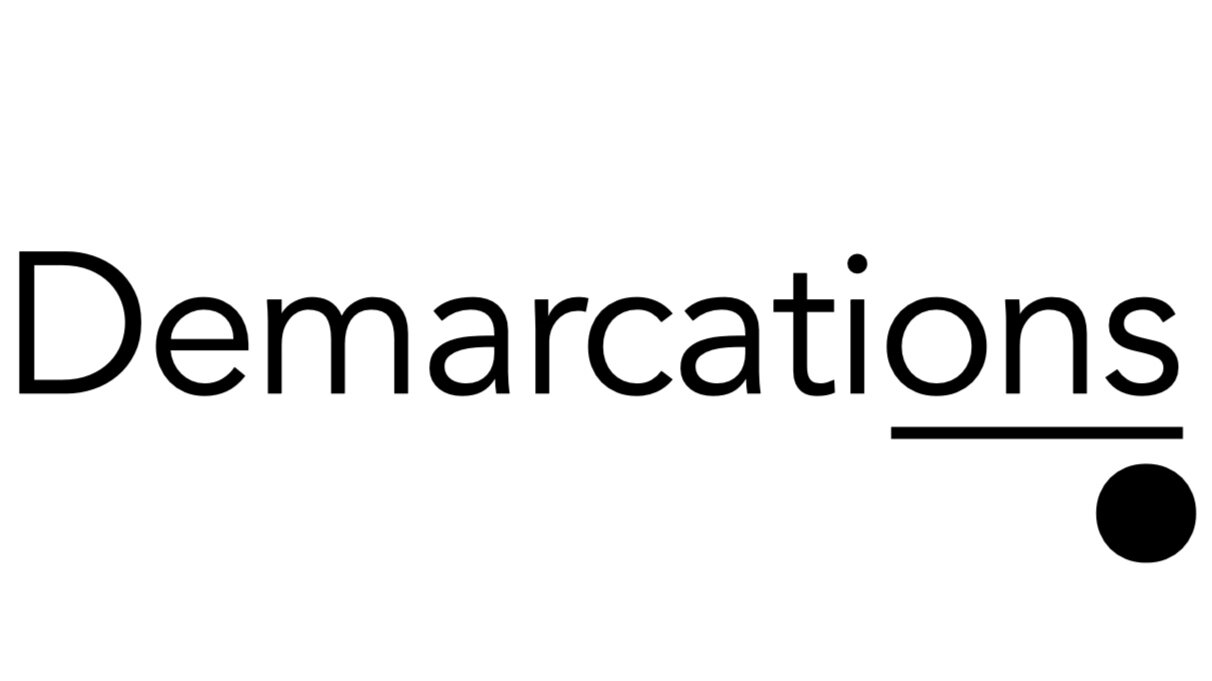The gemba is the place where the work is done. Lean managers "go to the gemba" to see it for themselves (genchi genbustu). This might be done during a continuous improvement (kaizen) project. Recently, I've had the pleasure of spending many hours in the gemba with our support staff. We are going firm-wide with a new document workflow, which we've been testing with a pilot group for the last six months. During our sessions, we've identified a lot of waste and generated great ideas for improving our processes.
I've also discovered -- or maybe rediscovered -- five other reasons for going to the gemba.
- Reaffirm respect for people. As a manager, it's easy to get preoccupied with your own work demands and forget about the day-to-day contributions others make to the organization. Seeing your people in action reminds you of their talent and dedication.
- Communicate. Organizations usually use email, intranet posts, and large meetings to communicate their goals and plans. But one-on-one meetings and small groups allow for more frank and focused discussions. And some people aren't comfortable talking at formal meetings. The gemba might be just the right context for a critical interaction. It also gives people the chance to ask questions, in person and in real-time. Sometimes the gemba is the first chance you get to really explain why you are doing a particular project.
- Remind people that you care. This might sound overly sentimental, but spending time with your people reminds them that you genuinely value their work and talent. It also reinforces the message that you appreciate their ideas and contributions to designing work processes.
- See other important issues. You might observe a problem that demands an immediate response. Perhaps it's a major form of waste with a quick or even an on-the-spot solution. Sometimes a person's worklife can be radically improved just by realizing they need a new $6.00 tool. And though hopefully there aren't any safety problems, but if there are, this is a chance to correct them before someone gets hurt.
- Learn something new. By watching and discussing the work with your people, it's guaranteed you'll learn something unexpected about your organization, your industry, and the work.
It's hard to take time away from your work to go to the gemba. But these reasons make it well worth it.

